Evolution in the quality control of animal-based food products: holding the manufacturer accountable
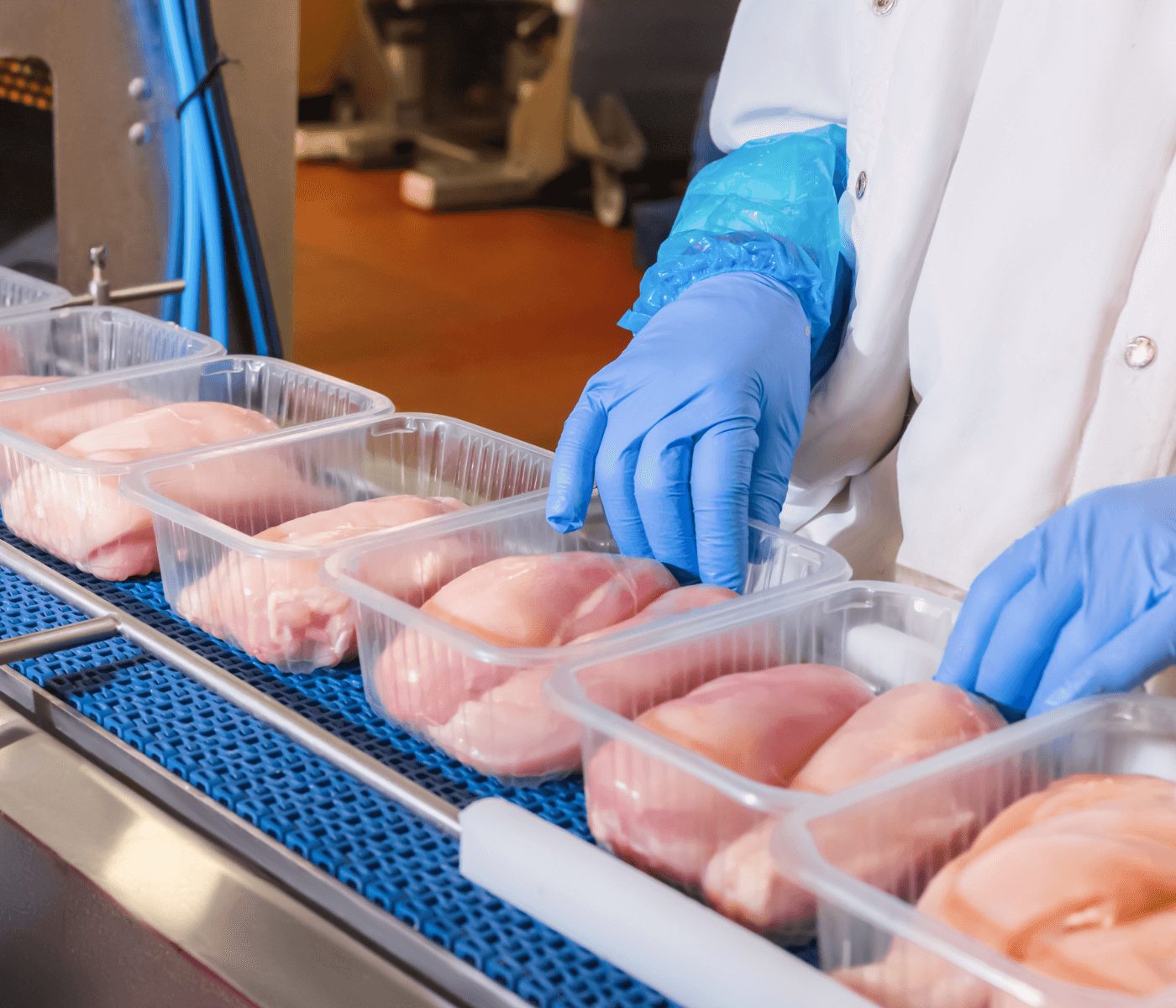 24 Apr 2025
24 Apr 2025
Evolution in the quality control of animal-based food products: holding the manufacturer accountable
Adequate food is a fundamental right inherent to human dignity and essential for fulfilling the rights enshrined in the Federal Constitution. It is the duty of public authorities to adopt actions that promote and ensure the food and nutritional security of the population.
The term Food Security refers to every citizen’s right to regular and permanent access to quality food, in sufficient quantity, without compromising other essential needs. Meanwhile, Food Safety refers to guaranteeing the quality of food from production, industrial processing, and commercialization until it reaches the consumer — ensuring the food is free from physical, chemical, or microbiological contaminants that could harm the consumer’s health or physical integrity.
Historical Background
Initially, food control was empirical, relying on laboratory analyses with limited precision, carried out only after the product was finalized and packaged. This increased the risk of economic losses due to batches being rejected if they didn’t meet quality standards.
In the 1960s, during the space race, NASA, together with Pillsbury and the U.S. Army Labs, developed the HACCP system (Hazard Analysis and Critical Control Points) to ensure food safety for astronauts. This method introduced scientific planning, monitoring, and recording across all production stages — later adopted more broadly for general consumers.
In the 1980s and 1990s, major food contamination incidents in the U.S. led to the expansion of HACCP by the Food Safety and Inspection Service (FSIS) and the USDA, as consumers became increasingly concerned about food quality and safety.
In 1996, due to outbreaks of foodborne illness caused by E. coli O157:H7, especially in fast-food hamburgers, the U.S. government introduced major changes in meat inspection laws, focusing on hygiene, pathogen reduction, and the implementation of HACCP.
The traditional inspection system, while effective against diseases like tuberculosis or brucellosis, failed to address food contamination during processing. Thus, a new system was introduced, emphasizing the responsibility of companies — not just inspectors — to maintain hygiene standards and ensure safe food production.
Since January 27, 1997, all Brazilian exporters to the U.S. were required to implement the Standard Sanitary Operating Procedure (PPHO) as a preparatory step for HACCP implementation. This included documentation of procedures before and during industrial operations, and required ongoing corrective actions and record-keeping — part of a broader modernization of animal-based food control in Brazil.
HACCP became a milestone for deep change in animal product inspection, serving as a pilot for a process-based inspection system nationwide, and shifting the responsibility for food quality to the manufacturer.
In 1998, Brazil’s Ministry of Agriculture and Supply formally established HACCP implementation in animal product industries, aligning with international standards (WTO, Codex Alimentarius, Mercosur), and laying the groundwork for mandatory self-control programs.
Self-control means that agro-industrial agents must implement, monitor, verify, and correct their procedures to ensure the safety, identity, quality, and hygienic-sanitary standards of their products.
These procedures are developed and verified by the producer itself, representing a paradigm shift in accountability. It aligns with the National Policy on Consumer Relations, promoting respect for consumer dignity, health, and safety.
Legislation now places responsibility for product quality on the manufacturer, requiring implementation of self-control programs divided into four key categories:
Raw materials
Facilities and equipment
Personnel
Production methods
Each of these includes subcategories, such as:
Maintenance of facilities and equipment
Lighting, ventilation, water supply, and waste
Pest control
Cleaning and sanitization (PPHO)
Worker hygiene and health
Control of ingredients and packaging
Temperature control
Calibration of instruments
HACCP itself
Microbiological testing and product certification
Between 2010 and 2015, companies were required to develop, implement, monitor, and verify their self-control programs. This resulted in a transfer of certain regulatory responsibilities from the government to producers.
Law 14.515, enacted on December 29, 2022, formally established self-control programs for agro-industrial agents. It assigns to manufacturers the responsibility for ensuring that their products meet all legal requirements regarding safety, identity, and quality — reaffirming that the responsibility for food safety lies with the producer, from farm to table.
Companies are now required to maintain auditable records from raw material sourcing to final product commercialization, including procedures for recalls when safety risks are identified at any stage.
Recognizing the consumer’s vulnerability in the marketplace, the law affirms their right to protection from harmful or dangerous products, placing responsibility for the nutritional and sanitary quality of food on the manufacturer.
The manufacturer must not place a product on the market that they know — or should know — poses significant health risks.
Source: Carlos Alberto Magioli, Médico Veterinário | Animal Business Brasil
Subscribe now to the technical magazine of animal nutrition
AUTHORS
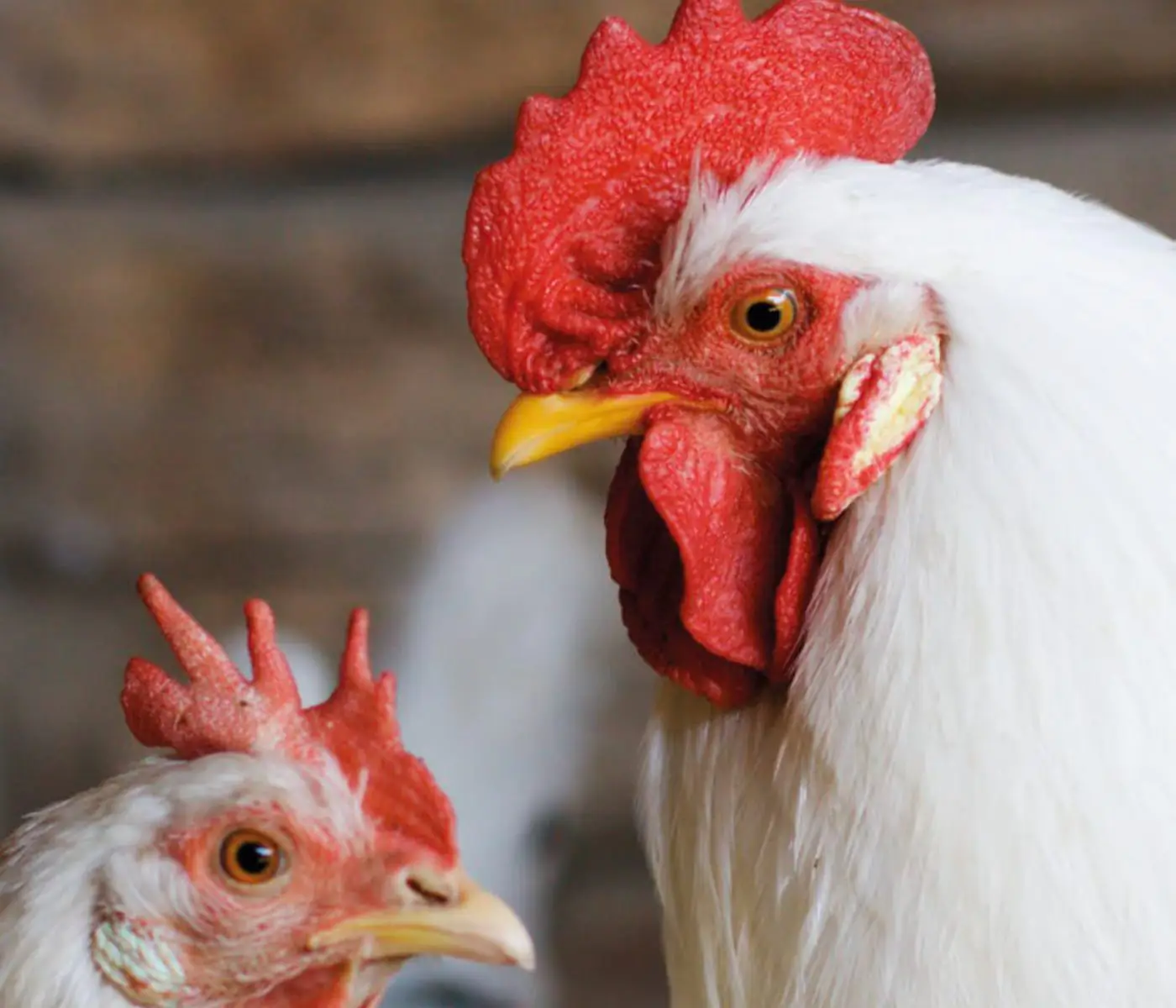
Nutritional Interventions to Improve Fertility in Male Broiler Breeders
Edgar Oviedo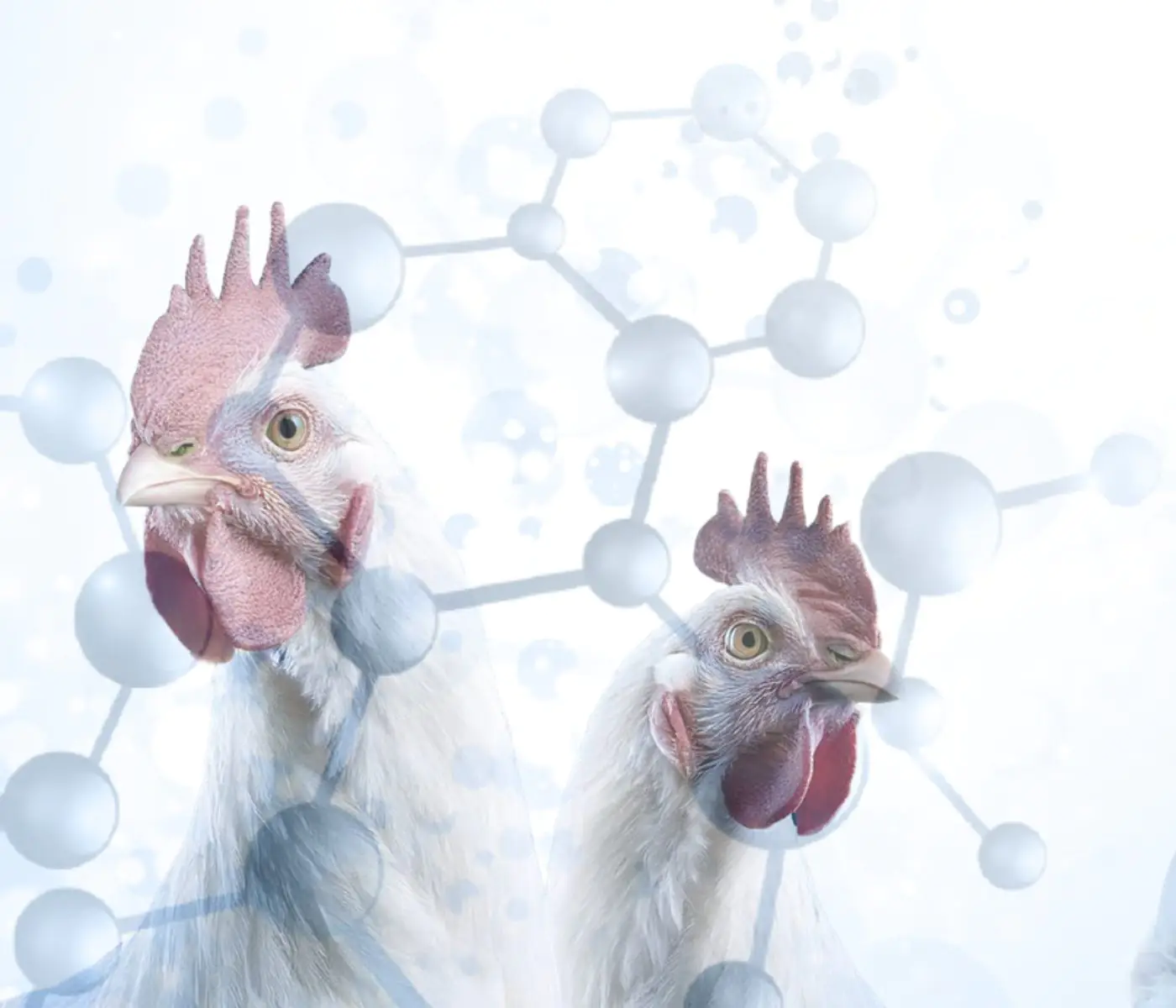
The Use of Organic Acids in Poultry: A Natural Path to Health and Productivity
M. Naeem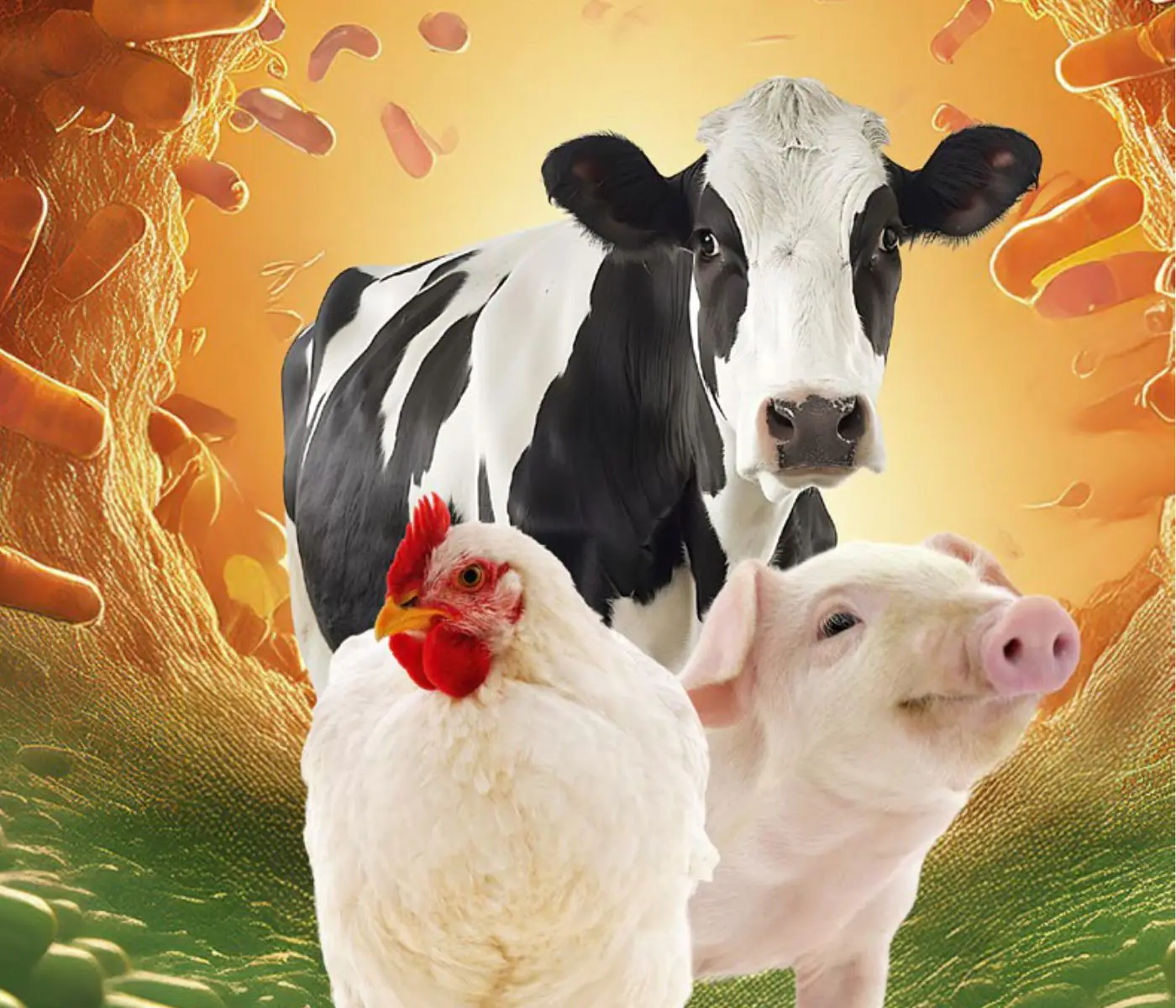
Synergistic Benefits of Prebiotics and Probiotics in Poultry, Swine, and Cattle
Gustavo Adolfo Quintana-Ospina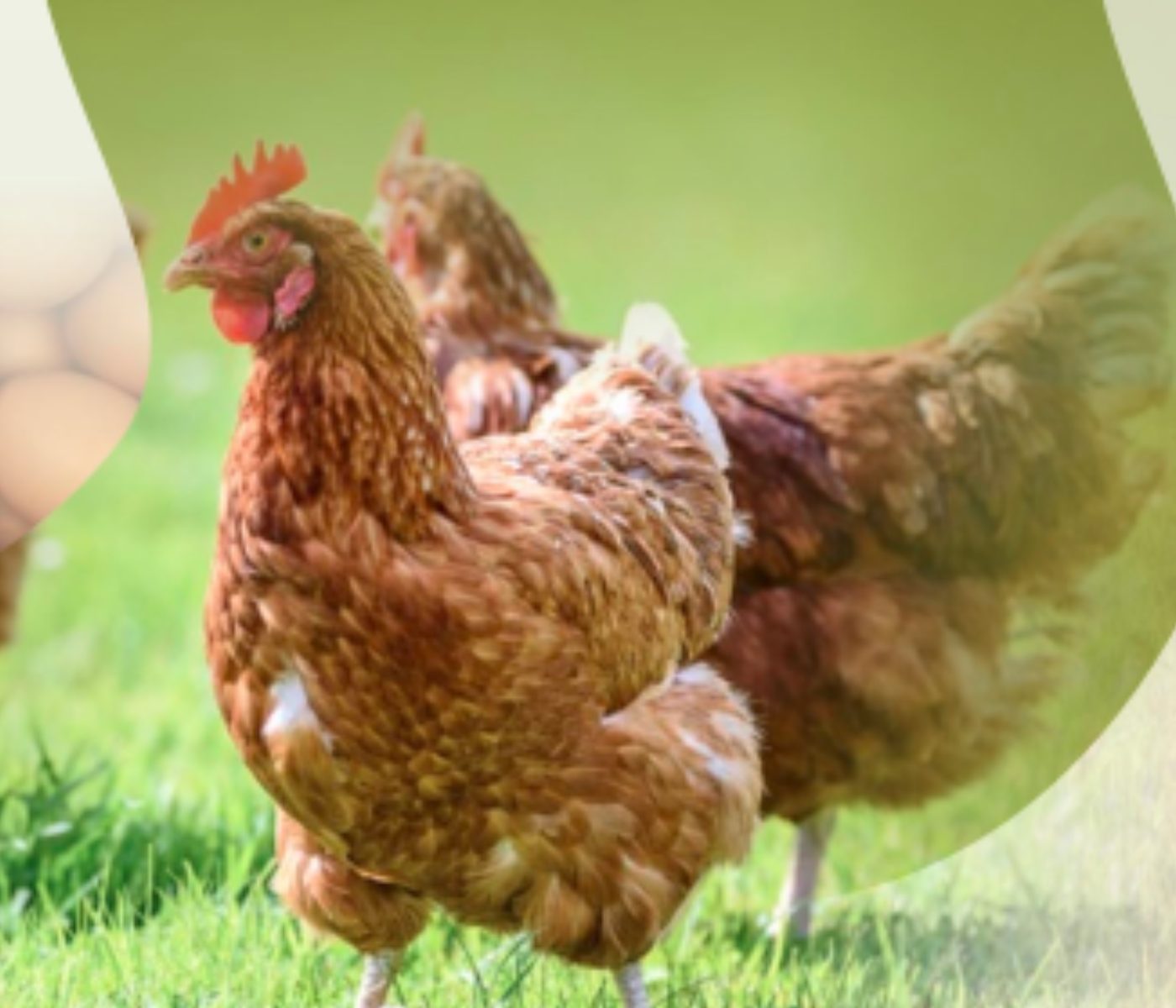
Hybrid Rye Potential in Laying Hen Feed Rations
Gwendolyn Jones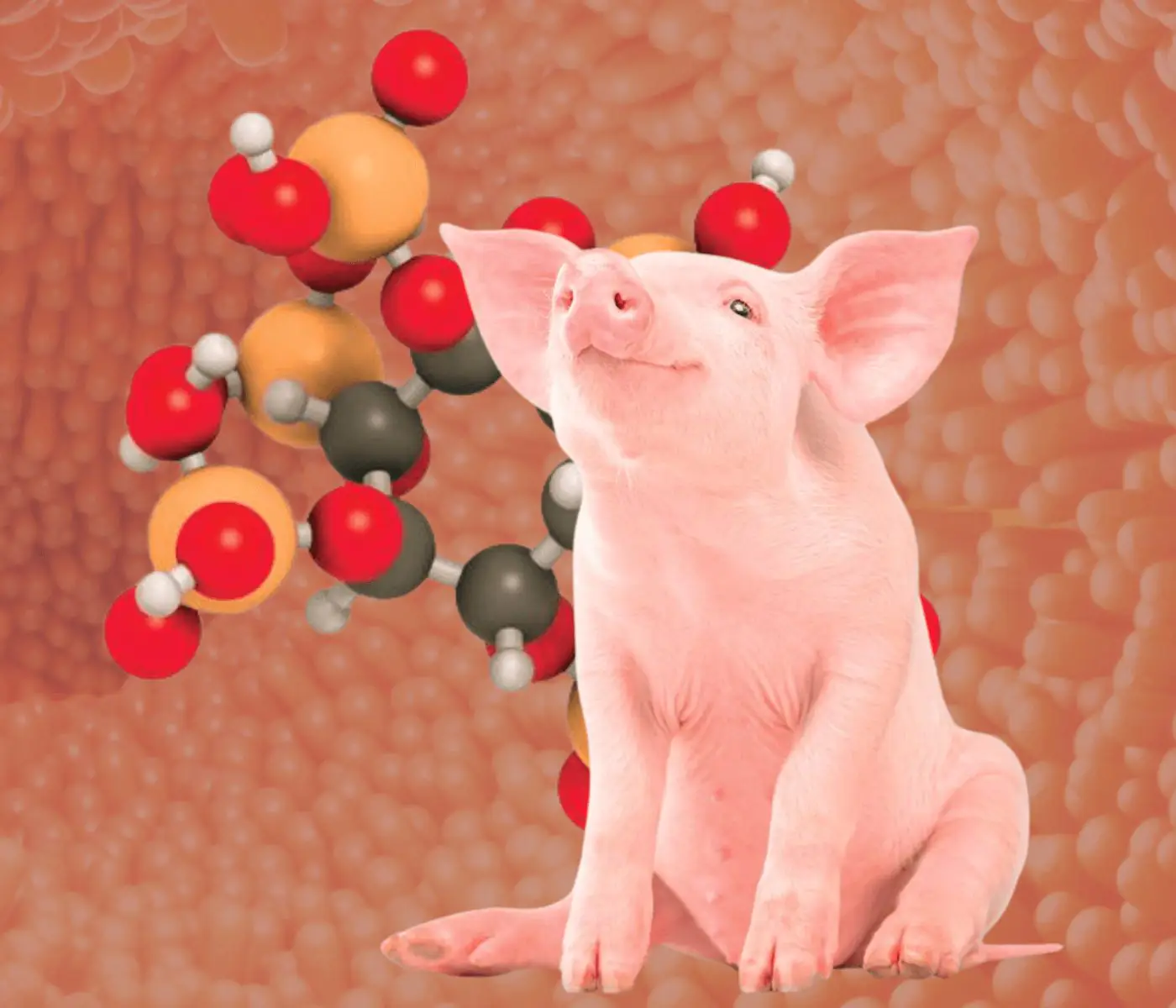
A day in the life of phosphorus in pigs: Part I
Rafael Duran Giménez-Rico
Use of enzymes in diets for ruminants
Braulio de la Calle Campos
Minerals and Hoof Health in the Pregnant Sow
Juan Gabriel Espino
Impact of Oxidized Fats on Swine Reproduction and Offspring
Maria Alejandra Perez Alvarado